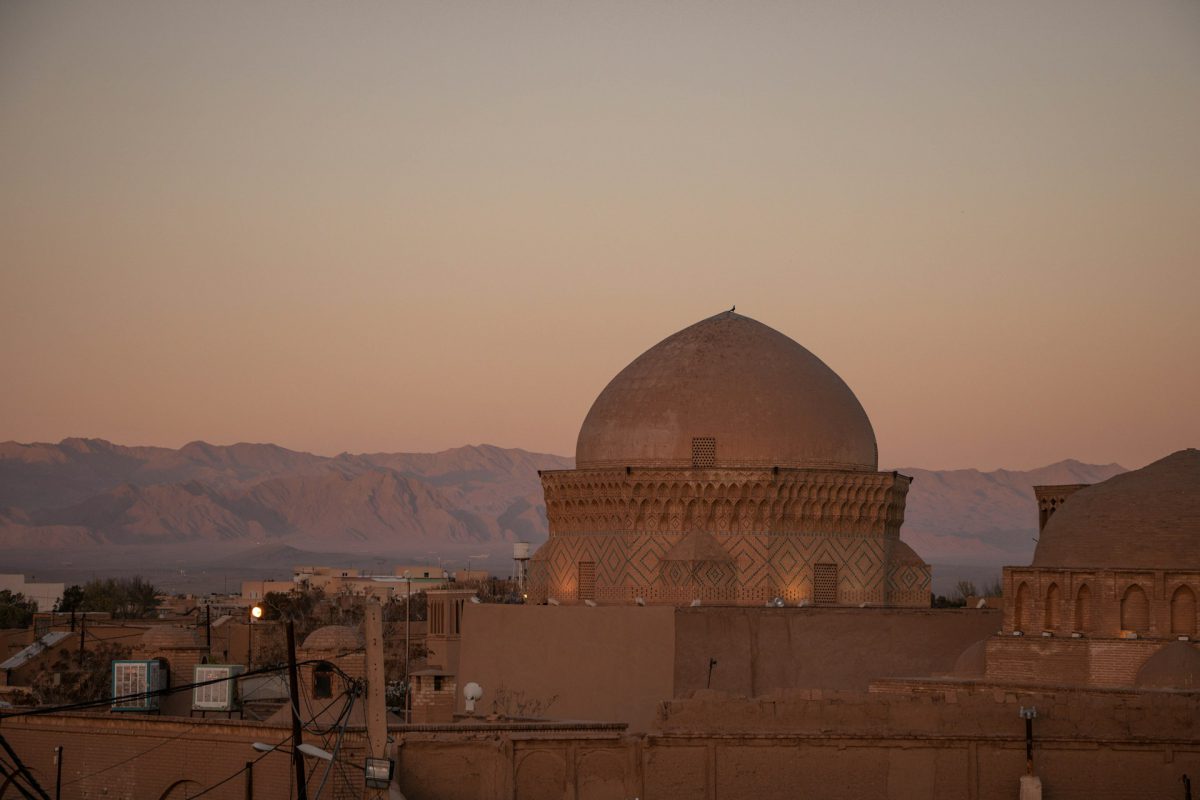Table of Contents
Welcome to a realm of Iran archaeology where the past comes to life – Iran, a country with a long-standing history and remarkable archaeological sites that transport you to bygone eras. Among these treasures stands Persepolis, a majestic testament to the greatness of the Persian Empire. As you wander through its impressive ruins, you can’t help but be amazed by the sheer size and intricate craftsmanship that have withstood the test of time.
Prepare to be enchanted as you explore the marvels of Iran archaeology. Unearth the stories etched in stone, and unravel the secrets waiting to be revealed. Allow the echoes of the past to guide your footsteps as you delve into the fascinating history and cultural tapestry of this extraordinary land.
Archaeology of Iran in the Historical Period
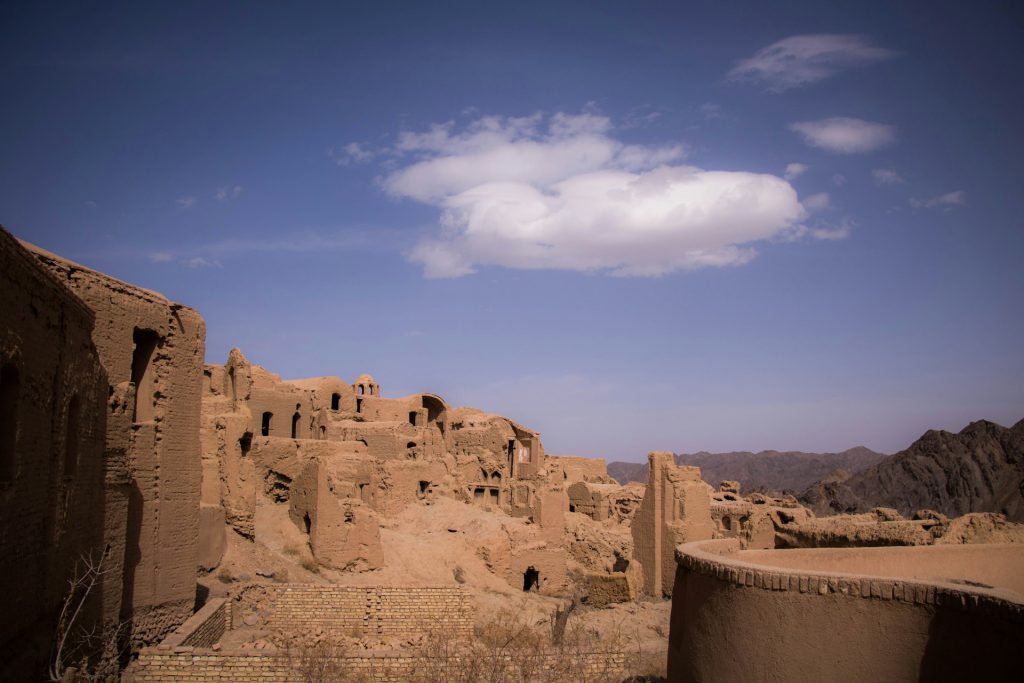
The 19th century was a pivotal period for exploring Iran’s ancient wonders, thanks to foreign missionaries and shifting geopolitical landscapes. Figures like Henry C. Rawlinson and Henry Layard embarked on groundbreaking quests to uncover and understand ancient artifacts. Rawlinson’s careful study and translation of the Bistun inscription, along with insights from classical texts, offered a comprehensive view of Iran’s past, spanning from the Medes to the Sassanids.
French explorers Flandin and Coste also played a vital role in unraveling the mysteries of Iran archaeology. Their extensive journeys through cities like Isfahan and Shiraz provided valuable glimpses into Qajar rule, art, and society. Their detailed records and plans not only enriched our understanding of Iranian archaeology but also shed light on broader aspects of Persian life. Additionally, the forward-thinking vision of Shah Naser al-Din Shah Qajar, who sought to establish a museum in Tehran to safeguard Iran’s treasures, highlighted the growing importance placed on preserving the nation’s cultural heritage.
Despite challenges, Iran’s rich archaeological legacy began to take root, poised for future exploration and discovery.
The Formation of Archeology in Iran
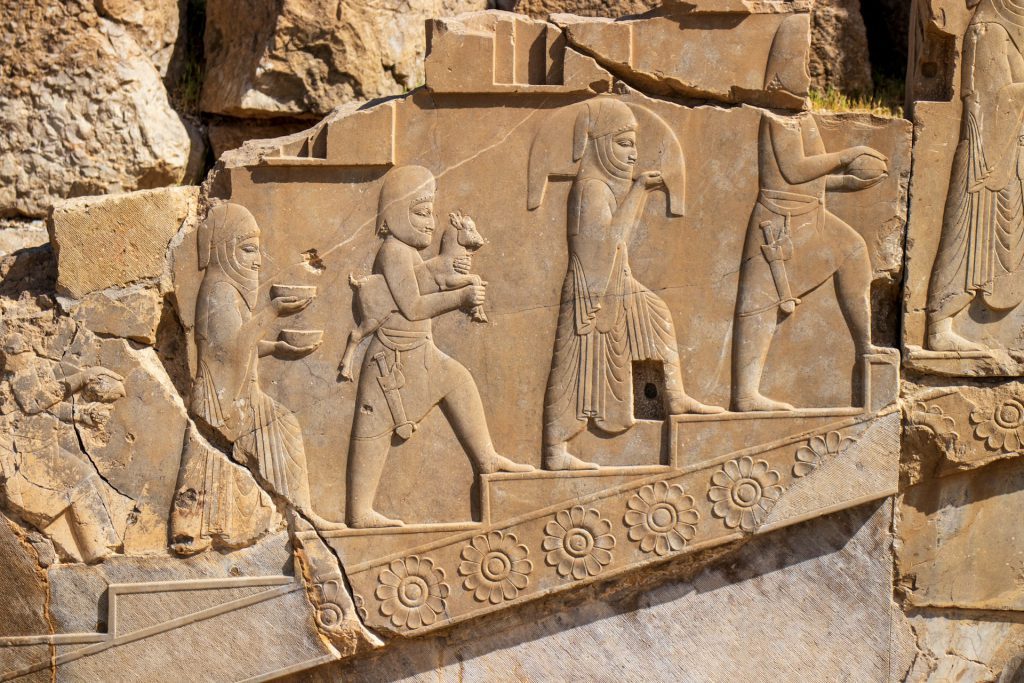
In the late 1800s, French archaeologists, led by Marcel Delaufoy, began exploring ancient sites in Iran. Delaufoy’s meeting with Naser al-Din Shah’s associates during his visit to Iran in 1881-1880 set the stage for their endeavors. On May 11, 1895, Naser al-Din Shah granted the French exclusive rights to excavate in Iran, except for sacred sites, in exchange for payment. This decree outlined rules for artifact ownership, with the Iranian government retaining gold, silver, and jewelry, while the French could purchase half at fair prices.
The French-led excavations, mainly centered in Damghan, shaped Iran archaeology until 1306 when negotiations led to the end of exclusive privileges. Instead, the Iranian government agreed to hire a French expert for five years, signaling a change. The Antiquities Law of 1307 and the establishment of the General Department of Antiquities in 1309 marked a new phase, fostering local initiatives in archaeological exploration and preservation.
The Expansion of Archaeological Activities in Iran
Looking back to the early 20th century, the scene of Iran archaeology looked quite different. It all began in 1931 when the Institute of Oriental Studies at the University of Chicago started regular digs in Persepolis. First, it was led by Ernst Herzfeld and later by Schmidt until 1939. After that, Iranian archaeologists took over, guided by figures like Andre Godar, Mostafavi, and Ali Sami.
Despite these efforts, Iranians didn’t play a big role in archaeology until much later. Tehran University didn’t even graduate its first archaeology students until 1941. There were a few exceptions, like Ali Hakim’s digs in Hasanlu hill and the work on Persepolis led by Issa Behnam and Ali Sami in 1939. But overall, Iranian experts didn’t explore much until later on.
Moving to Pasargad, the capital of Cyrus the Great, it had fascinated travelers for centuries. Herzfeld visited in 1905 and started exploring seriously in 1928. Ali Sami kept the exploration going in 1955, and then David Stronach, from the British Institute of Iranian Studies, led a big dig from 1961 to 1963. These efforts, by both foreigners and locals, laid the foundation for Iran archaeology, uncovering layers of history and sparking a love for exploration that continues today.
The Extensive Activity of Iranian Archaeologists
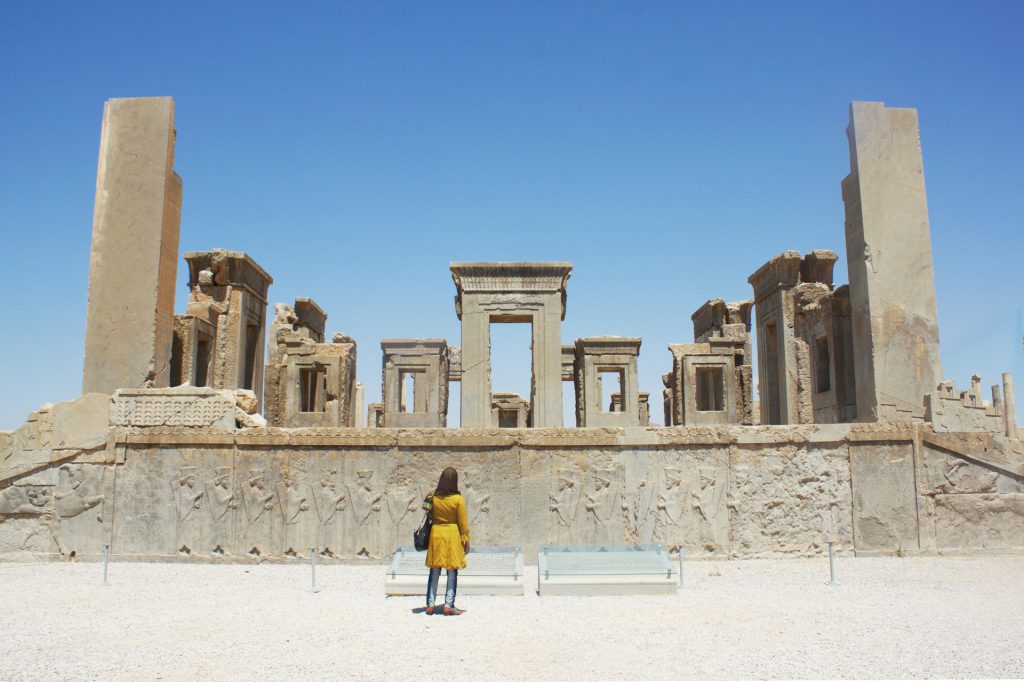
Back in the 1940s, Tehran University saw its first batch of archaeology graduates. Among them was Ezzatollah Gardhanj, who later delved into the Marlik Royal Cemetery in Gilan Province after studying abroad. His discoveries caught the eye of Iranian authorities, sparking a surge of interest in Iran archaeology. This led to the birth of the Institute of Archaeology at Tehran University, where graduates spread out across Iran, some even pursuing higher degrees overseas.
By 1957, international scholars like Braidwood began exploring Iran’s prehistory, unearthing ancient sites like the Neolithic Sarab mound. The formation of the General Department of Archaeology in 1960 opened doors to collaborations with foreign universities. Under Firoz Bagherzadeh’s guidance, archaeological projects flourished, including the joint exploration of Chaghamish in Khuzestan. Through their tireless efforts, Iranian archaeologists have not only uncovered the mysteries of their past but also forged lasting connections with the global archaeological community.
Archeology of Iran After the Revolution
After the 1979 revolution and the Iran-Iraq war, archaeological work in Iran nearly came to a standstill. During the war, only a few emergency excavations were done, mostly aimed at protecting ancient sites. But in the 1990s, there was a resurgence of interest in archaeology, and by the 2000s, joint projects involving both Iranian and foreign teams were underway.
Before the revolution, archaeologists in Iran were mainly focused on understanding ancient cultures and how they evolved over time. But from 1980 to 2000, most archaeological work was done by Iranians alone. Then, with the Cultural Heritage Organization’s establishment, international teams joined in. Collaborative projects led by French, Italian, German, and Japanese teams began uncovering new insights into Iran’s ancient history, revealing hidden treasures and illuminating forgotten chapters of the past.
Iran Archaeological Sites
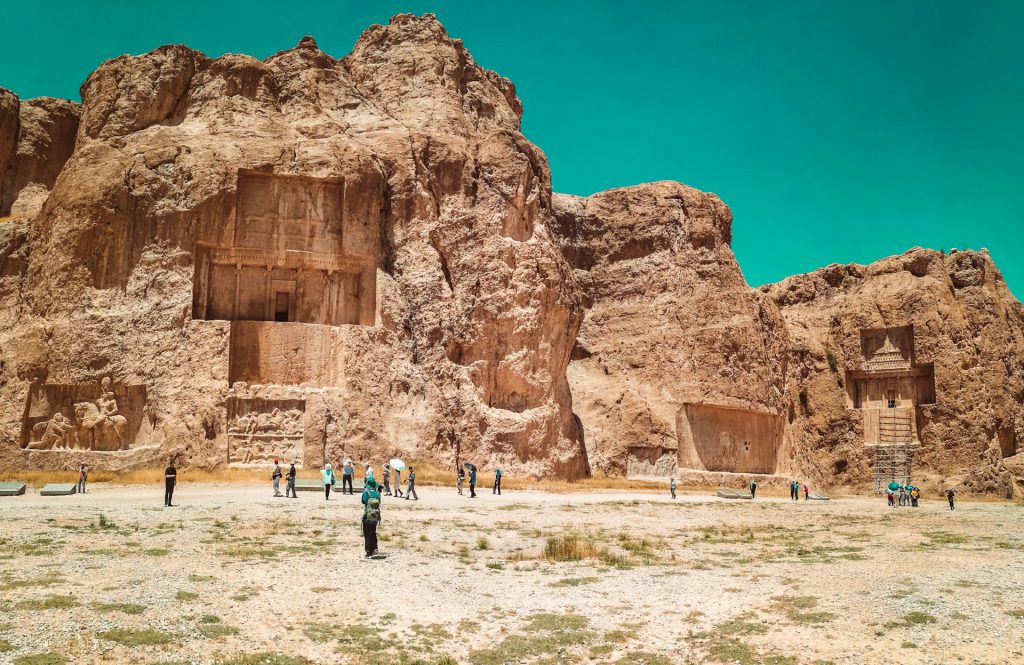
Iran’s ancient sites reveal a fascinating story of past civilizations. These places offer a peek into the lives of people who lived there long ago.
Exploring the ruins of Persepolis, once a bustling city of the Achaemenid Empire, or visiting Pasargadae, where Cyrus the Great was buried, gives a sense of the history that surrounds you. Admiring the carvings at Naqsh-e Rustam and wandering through the streets of Susa, you can feel the stories embedded in every stone. These ancient sites draw you into Iran’s intriguing past.
Persepolis
Persepolis, the famed palace in Iran, is a collection of stunning palaces and the former capital of the Great Achaemenid Empire. It holds the utmost significance as a monumental site, showcasing the vastness and splendor of ancient Iran. Persepolis proudly stands as the capital of the world’s first global empire, the Achaemenid Empire.
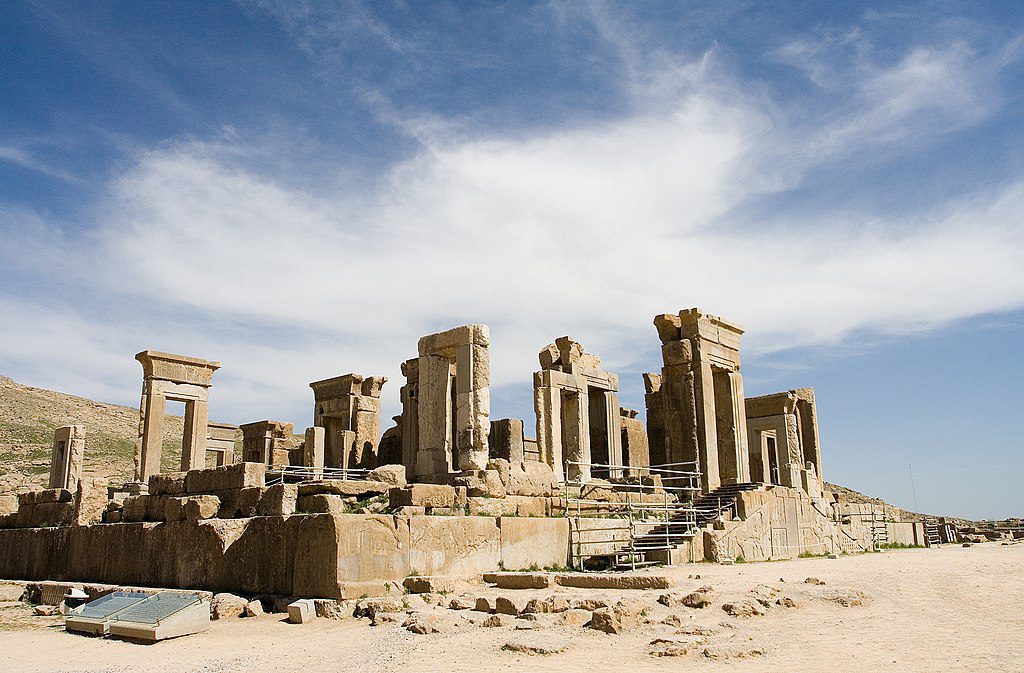
Pasargadae
Pasargadae, situated in Fars province, is one of the renowned Iran archaeological sites. It served as the capital of the Achaemenid Empire and holds the prestigious title of being a UNESCO World Heritage Site. Among its notable features are the tomb of Cyrus the Great, the empire’s founder, and the remains of palaces and other structures. Exploring this site allows visitors to marvel at its impressive architecture and gain insights into the history of the Persian Empire.
Naqsh-e Rostam
Naqsh-e Rustam, also called Naqsh-e Rostam, is an ancient burial site near Persepolis, the old Persian capital. It holds the tombs of important kings from long ago, like Darius I. These tombs are carved high up in the rocks, looking like crosses. The site also has carvings showing battles and a building thought to be religious. It’s a fascinating glimpse into ancient Persian history.
Sialk Hills
In Iran, there’s a place brimming with history: Sialk Hills. Around 6500-5500 years ago, people lived here, using stone and bone tools. They even learned to write about 5,500 years back. Today, remnants of their civilization, like clay slabs with ancient writing, give us clues. Nearby graves hint at new settlers joining the community, much like in neighboring regions.
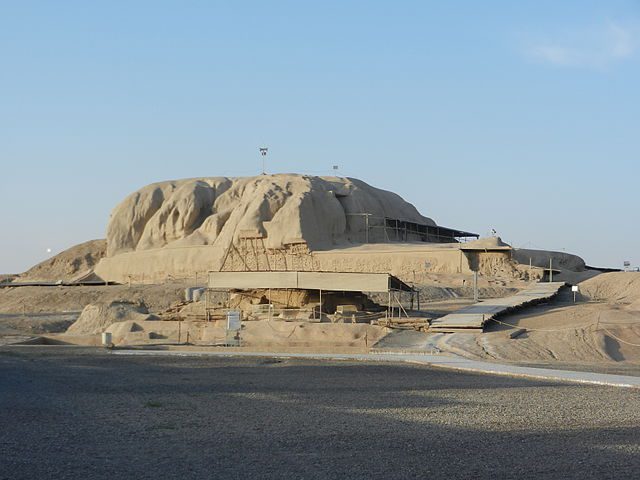
Taq-e Bostan
Taq-e Bostan, near Kermanshah, Iran, has ancient carvings from the Sassanid period. It’s nestled in the mountains, offering a beautiful view. Carvings show Ardeshir II with Ahoura Mazda and Mitra, Shapour II and III, and scenes of hunting and music. There’s debate about the figure on horseback; some say it’s Pirouz Sassanid, and others think it’s Khosrow Parviz.
Noushabad Underground City
Near Kashan, in Nushabad, lies a hidden treasure—the Noushabad Underground City. Discovered just a few decades ago, it began when a local found a tunnel while digging in his yard. This ancient city, buried 10 to 60 feet deep, is like a maze with three levels of tunnels and rooms. Built over 1500 years ago, it served as a safe place during wars. Families made their own hideouts, which grew into a vast underground network with air vents, water pipes, and toilets. It’s a testament to human ingenuity and resilience in difficult times.
Iran Archaeological Tours
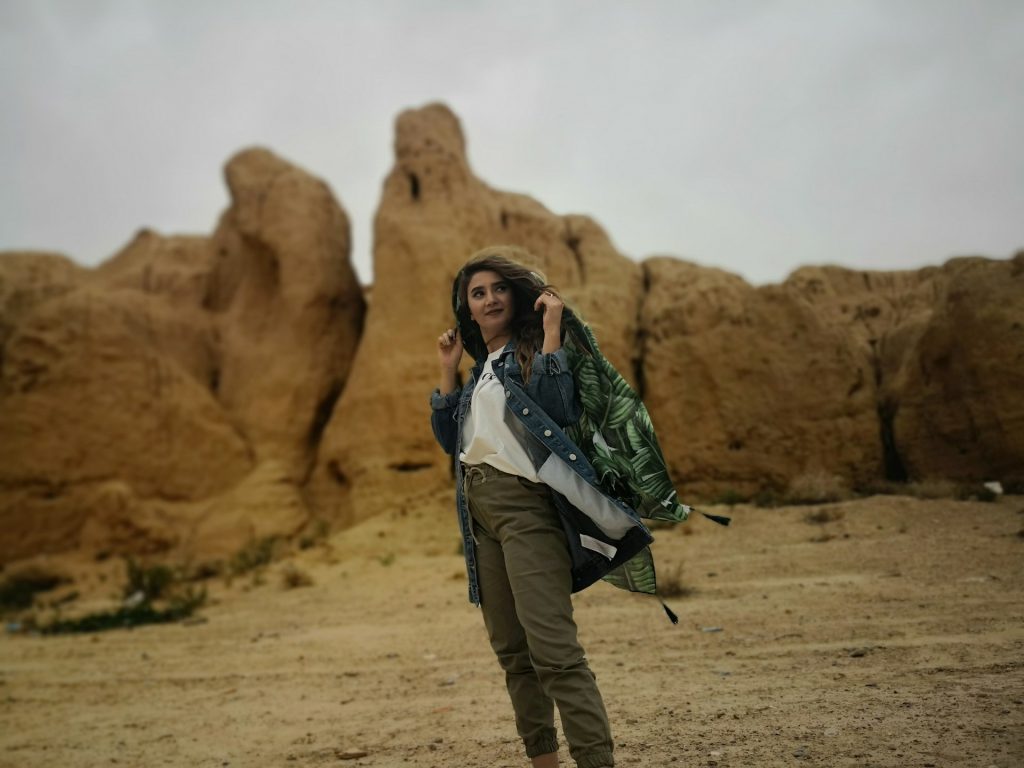
Get ready to step back in time and embark on a tour to explore Iran archaeological sites, a land filled with captivating stories from the past. These thoughtfully crafted tours allow you to explore ancient ruins, historical landmarks, and cultural wonders, offering an immersive experience that brings Iran’s fascinating history to life.
Join expert guides as they lead you to renowned sites like Persepolis, Pasargadae, Naqsh-e Rustam, and Takht-e Soleyman. Here, you’ll encounter the remarkable remnants of ancient Persian architecture and art. Marvel at the intricate carvings, breathtaking mosaics, and architectural marvels that showcase the grandeur of the ancient Persians.
As you stroll through these ancient ruins, you’ll not only witness history but also immerse yourself in Iran’s vibrant culture. Indulge in delicious traditional Persian cuisine, listen to enchanting Persian music, and learn about the customs and traditions of the Iranian people. Let the warm hospitality of Iran embrace you as you embark on an unforgettable journey through time.
FAQs about Iran Archaeology
Q1: What is the oldest archaeological site in Iran?
A1: Recent excavations at Qal-e Kord Cave in the city of Avaj, located in the northwestern province of Qazvin, were conducted by Iranian and French archeological teams. The findings reveal that the area around the cave has cultural remains that are over 400,000 years old. As a result, this cave is now recognized as the oldest known human settlement in Iran.
Q2: What ancient civilization was found in Iran?
A2: The Jiroft culture, which is sometimes called the Intercultural style or the Halilrud style, was an ancient civilization that existed during the early Bronze Age, around the 3rd millennium BC. This culture was found in the areas that are now known as Sistan and Baluchestan and Kermān Provinces in Iran.
Q3: How old is Iran?
A3: Iran is an ancient country that has been in existence for many thousands of years. Its history dates back tens of thousands of years. The very first major city in Iran was Susa, which was constructed on the central plateau around 3200 B.C.
Q4: How ancient is Iran?
A4: Iran is one of the oldest civilizations in the world. Its history traces back to the fourth millennium BC with the Elamites. The country was initially brought together under the Medes in the seventh century BC and experienced its peak in terms of territory during the sixth century BC. It was during this time that Cyrus the Great established the Achaemenid Empire, which was one of the largest empires in ancient times.
Q5: Is Persia the old Iran?
A5: In ancient times, Iran, which was commonly referred to as Persia, held a position of dominance in Western Asia for more than twelve centuries. This was achieved through the rule of three successive native dynasties: the Achaemenid, the Parthian, and the Sasanian dynasties. These dynasties controlled an empire of remarkable size and intricate organization, setting a precedent in terms of their vastness and complexity.
Last Words: Explore Iran Archaeology with a Customized Tour
Iran has a rich history and fascinating archaeological sites that bring the past to life. Persepolis, a testament to the greatness of the Persian Empire, is an impressive site with ancient ruins showcasing remarkable craftsmanship.
If you are a history enthusiast and have a keen interest in archaeology, then traveling to Iran can be an enriching and unforgettable experience. When it comes to exploring the best of Iran archaeology, To Iran Tour is your ideal travel companion.
To Iran Tour’s ultimate goal is to help you create lasting memories and have an exceptional experience in Iran. By offering customized tours, they empower you to explore the best of Iran archaeology while accommodating your preferences.

